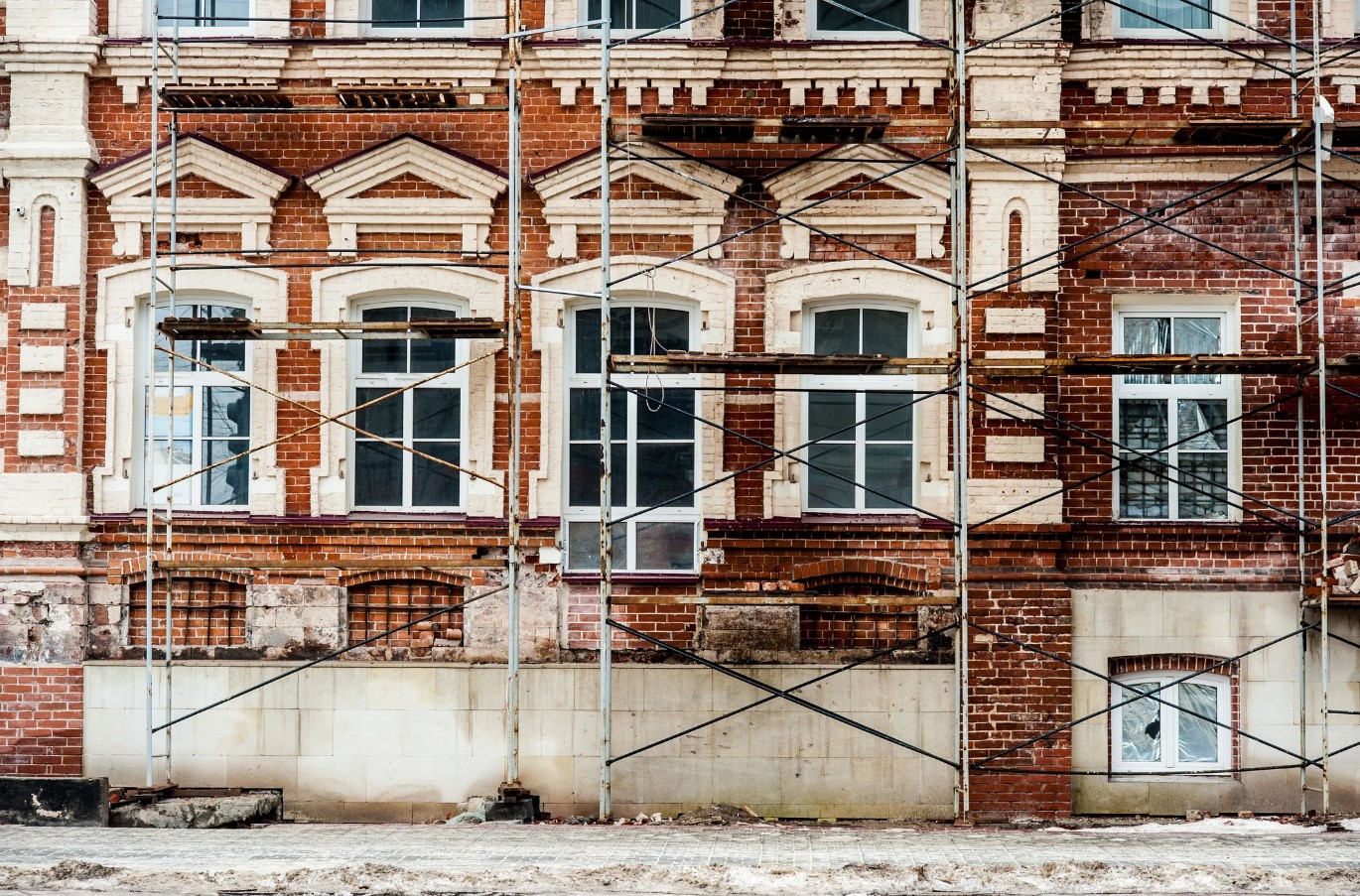Some of the first and longest lasting laws included building safety codes. It has been long understood that keeping a space safe for occupants is critical for society. Now, we have historical building design codes we have to follow. These rules cover areas spanning safety to design conformity.
Lead paint is no longer used in US homes thanks to laws passed in the early 1970s. These laws were aimed at protecting public health from the effects of lead exposure and ingestion. Rules were enacted regarding the renovation of any building built before 1978 as a way to mitigate the lasting effects that lead paint can have.
Asbestos insulation is another example of a wonder material being regulated for public health. Known for its abilities as an insulator and fire retardant, it is also a catalyst for disease. Its cost on human life far outweighs its usefulness, and it was regulated.
These rules have changed over time. Some have come and gone, others have stayed and matured. While not all work to rid the world of dangerous building materials, they do their job to protect the human life that occupies every building space.
The Three Most Important Regulations
Depending on your location, you could have historic regulations for many different types of safety concerns or stylistic maintenance. However, there are three that nearly every location (especially in the Midwest) will have to consider as they tackle their newest renovation project.
1. Earthquake Safety Codes
Earthquake safety is a growing concern in parts of the Midwest. While areas like California have established regulations now, those may have been more relaxed in the past due to insufficient data. Regardless of your location, it is important to look up the current codes for structures and if any of those codes have pointers for historical sites.
2. Fire Safety Codes
Fire safety measures help ensure occupants can quickly vacate the premises in the event of an emergency. Typically this is in case of a fire, but quick evacuations can be beneficial in a multitude of situations.
Look for fire safety codes for historical structures. Some codes will require doors, fire suppression systems and lighting to aid in occupant evacuation. The ICC offers an annual guide to building codes for historic buildings, with a notable emphasis on fire regulations.
3. Flood Safety Codes
Flood safety is more important in areas that are prone to flooding. A nearby river can overwhelm levees and channels built into cities can only hold so much. Flood safety measures can be taken to mitigate the damage done by debris.
While it won’t stop a space from water damage, it can prevent the structure from washing away and taking out other buildings with it.
FEMA offers a PDF for floodproofing a structure with links to building codes and recommendations. The Whole Building Design Guide of the National Institute of Building Sciences also has an entire section dedicated to Historic Preservation with recommendations and sources.
There are Exceptions to Every Code
Grandfathering older codes into an established structure is common practice. It can’t be expected that a building will constantly be updated as new codes are created. Those new codes are for new structures only.
While some buildings built before a certain time will be required to undergo specific procedures, rarely are they forced to make that update. Renovations to that building may require some updates to bring it up to modern regulations. Fire safety measures are paramount in design.
While there are some exceptions to building requirements for older buildings, often those are combined with reduced occupancy capacities and placements of suppression systems and upgraded doors.
How to Conduct Research for Your Next Project
It’s hard to follow the codes if you don’t know the ones in your area. Researching can seem overwhelming especially when you first start the process. There are a few resources worth exploring:
This organization wants to ensure safe buildings and communities, and they dedicate a chapter of their work on historical renovations, repair and relocation.
2. Whole Building Design Guide
This guide provides an in-depth look at historic preservation by outlining treatment options and treatment plans.
3. Historic Preservation Review Committee
In Oklahoma, the Historic Preservation Review Committee offers information on the National Register of historic places, and the group is a great resource for asking any questions.
Architects can help with your Historical Renovation Journey
If you are interested in renovating a historical building, our team is more than happy to assist your project’s needs. Feel free to reach out to our team today or check out our website to see some of the projects we have remodeled.

